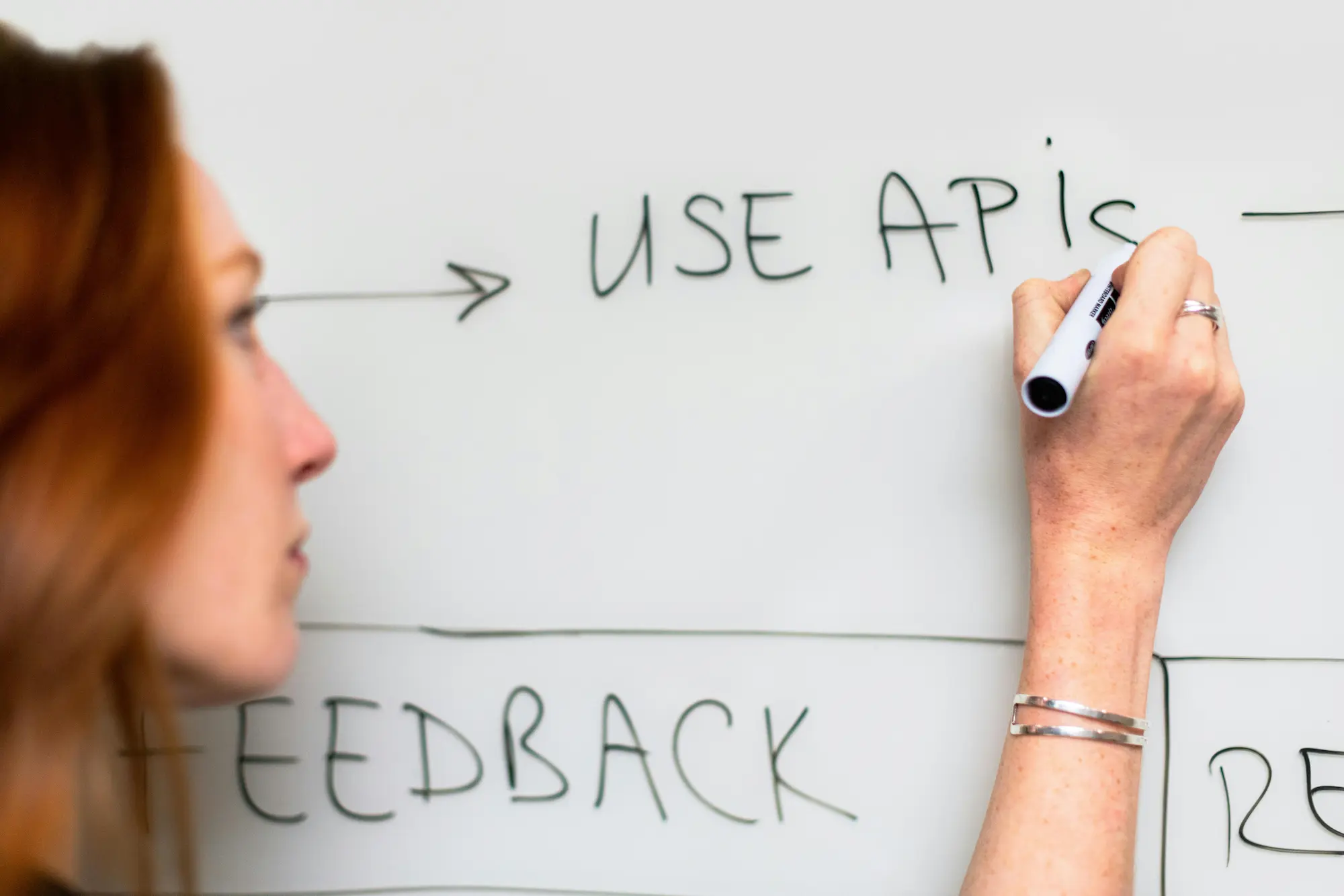In equipment finance, lenders are always looking for ways to serve their manufacturers and dealers more effectively. For many, that means expanding into wholesale or floorplan finance — programs that help dealers acquire inventory and strengthen vendor relationships.
But launching and managing a wholesale program is complex. It requires a different operating rhythm than term lending or leasing, and legacy systems often can’t keep up. That gap between ambition and execution is what Lending-as-a-Service (LaaS) is designed to close.
A New Model for Scale
Traditionally, lenders looking to add wholesale capabilities have faced three choices:
- Build in-house: slow, expensive, and resource-intensive
- Buy software: faster, but rigid and hard to adapt to existing systems
- Partner externally: flexible, but often difficult to scale or govern
LaaS offers a fourth path — one that blends innovation with control. It allows lenders to launch a wholesale program that operates under their own brand and credit policies while a specialized operator manages day-to-day execution, risk, and technology.
It’s not outsourcing. It’s an extension of your team — with the infrastructure, data, and expertise to move quickly and scale responsibly.
Why It’s Gaining Ground
Wholesale finance is a high-value credit product, but its operational demands are steep. From inventory tracking to title management and dealer audits, the overhead can deter even large institutions from entering the market.
LaaS changes that equation. It enables lenders to introduce wholesale programs in months, not years, without diverting resources from their core equipment finance operations.
As a result, lenders can strengthen manufacturer and dealer partnerships, open new revenue streams, and diversify their portfolios — all while maintaining full visibility and control.
What It Looks Like in Practice
A typical LaaS partnership follows four stages:
- Discovery and Design — Define structure, credit rules, and risk thresholds.
- Implementation — Deploy the technology and servicing infrastructure within the lender’s governance.
- Launch — Operate under the lender’s brand, with full transparency into activity, risk, and performance.
- Optimization — Use data to refine credit decisioning and improve efficiency.
One lender recently partnered on a LaaS implementation to enter floorplan financing for the first time. Within months, they launched a live program with automated funding, digital title workflows, and real-time dealer monitoring — without adding internal staff or new systems.
The result: faster dealer onboarding, tighter risk controls, and the flexibility to insource operations once the program reached scale.
Why It Matters
For lenders, this model provides:
- Quicker time-to-market for new wholesale programs
- Stronger dealer and OEM relationships
- Better cost efficiency and resource utilization
- Full governance and transparency
Wholesale finance is becoming a defining growth channel for equipment lenders — and LaaS is the most efficient way to enter the market.
It’s the next evolution in lending infrastructure: one that lets institutions innovate without losing control.







